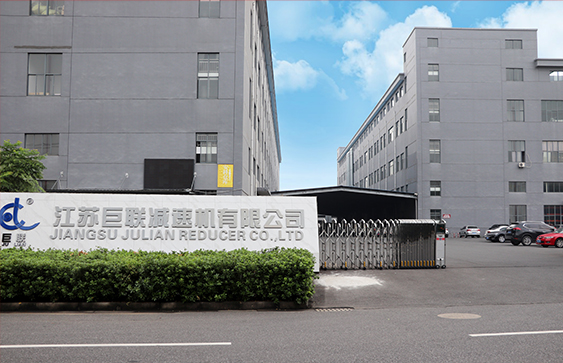Introduction In modern industrial systems, power transmission efficiency and motion control accuracy...
READ MORE
Introduction In modern industrial systems, power transmission efficiency and motion control accuracy...
READ MOREIn modern industrial automation and mechanical transmission systems, the helical gear reducer plays ...
READ MOREIn modern industrial systems, efficient power transmission is a foundational requirement. Machines m...
READ MOREIn today’s fast-advancing industrial landscape—defined by automation, precise motion control, and co...
READ MOREUnderstanding High-Efficiency Helical Gear Reducers: Why They Are the Crucial Choice for Industrial ...
READ MOREExploring the Foundations of Modern Reducer Technology Redefining Motion Control: The Crucial Role o...
READ MOREWhen selecting a JS series helical gear-worm gear motor, there are several key parameters to consider to ensure that the motor can meet the needs of a specific application. Here are some of the main parameters:
Power: Select the appropriate motor power to meet the load requirements. Too little power may cause the motor to be overloaded, and too much power may waste energy.
Output Torque: Ensure that the motor's output torque can support the required workload. The required rated torque can be calculated based on the application.
Gear Ratio: The gear ratio determines the relationship between the motor's output speed and input speed. Selecting the appropriate gear ratio can achieve the required speed and torque.
Rated Speed: Select the appropriate rated speed to ensure that the motor can operate effectively under specific operating conditions.
Mounting Type: Select the appropriate mounting type (such as horizontal, vertical, or other mounting methods) based on the application requirements to ensure that the motor can work properly in a specific environment.
Operating Environment: Consider the operating environment in which the motor will be located, including temperature, humidity, dust, and other factors that may affect the performance of the motor.
Cooling Method: Select the appropriate cooling method (such as natural cooling or forced cooling) according to the motor power and working environment to prevent overheating.
Efficiency: Select a high-efficiency motor to reduce energy consumption and improve the overall performance of the system.
Noise Level: Select a motor with a lower noise level according to the application requirements to avoid affecting the working environment or user experience.
Vibration: Consider the vibration characteristics of the motor to ensure that there is no excessive vibration during operation, which may affect other equipment or systems.
Service Life: Consider the expected life of the motor and select wear-resistant and high-reliability materials to increase the service life.